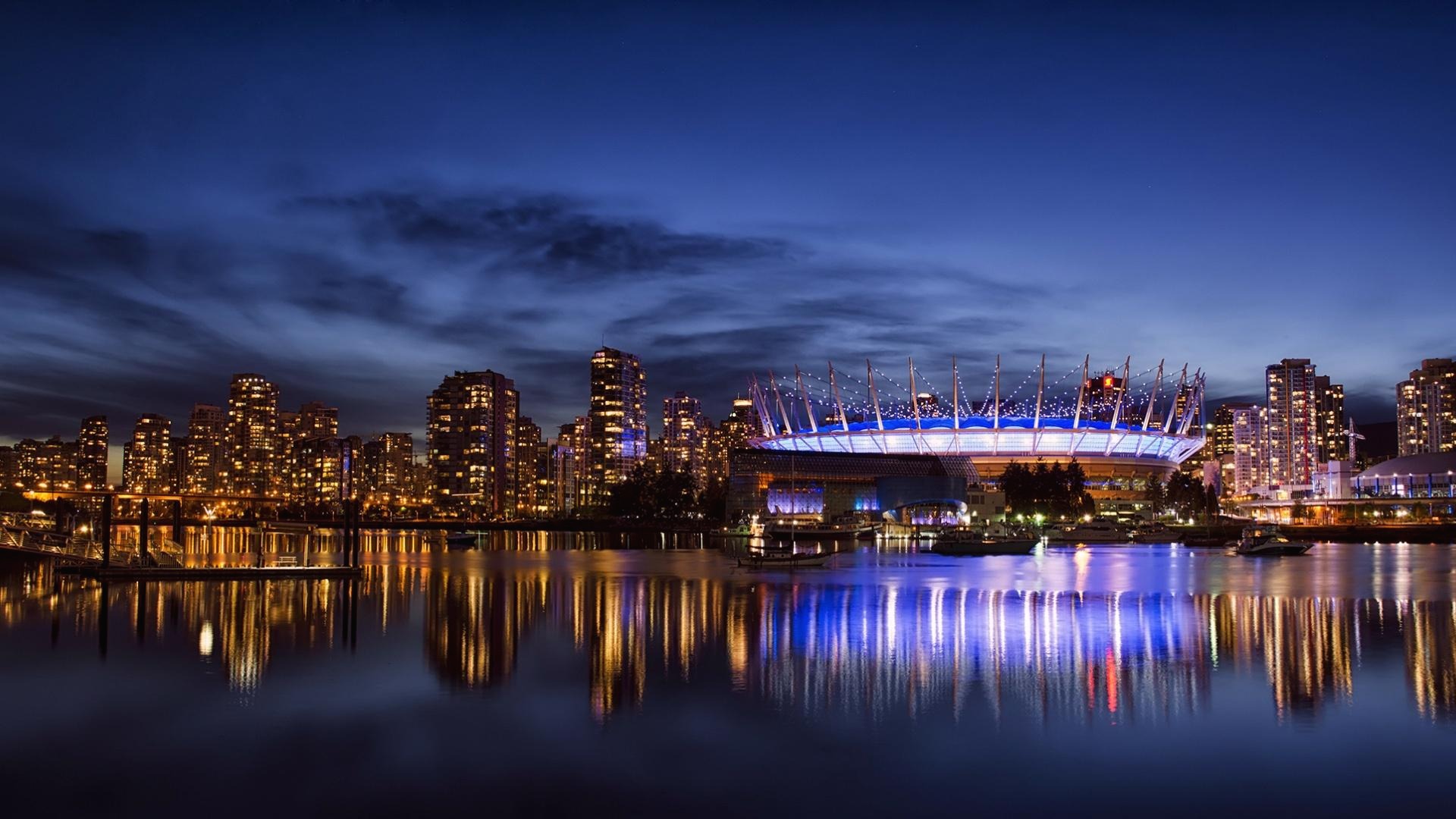Advent Technologies’ Greek Subsidiary Awarded Grant From EU Innovation Fund for RHyno Project
LIVERMORE, Calif.-- Advent Technologies Holdings, Inc. (NASDAQ: ADN) ("Advent "or the "Company"), an innovation-driven leader in the fuel cell and hydrogen technology space, is pleased to announce that its Greek subsidiary, Advanced Energy Technologies SA, has been awarded a grant from the EU Innovation Fund and invited to prepare the grant agreement. Further details about the grant and its conditions will be provided by the Company soon. Grant agreements are expected to be signed in the first quarter of 2025.
About RHyno Project
The Advent Renewable Hydrogen Innovative Technologies (RHyno) project involves the establishment of infrastructure for developing and manufacturing innovative fuel cells, electrolysers, and their key components including Advent ground-breaking Membrane Electrode Assembly technology at a megawatt (MW) scale. RHyno aims to pioneer the use of innovative materials to enhance power density and lifespan while significantly reducing the weight and volume of power systems through a streamlined balance of plant.
The state-of-the-art manufacturing facility is designed to optimize production processes, boost efficiency, and industrialize fuel cell and electrolyser technologies. These advancements are essential for decarbonizing carbon intense industries, such as the aviation, maritime and heavy-duty automotive sectors, with further potential for spillover to other sectors, positioning Advent at the forefront of the clean energy transition.
About Innovation Fund
The Innovation Fund is one of the world’s largest funding programmes for the commercial demonstration of innovative low-carbon technologies, aiming to bring to market industrial solutions to decarbonize Europe and support its transition to climate neutrality. Among the wide range of financial instruments available on the EU level, it plays a unique role due to its size and focus on the last steps in the rollout of innovative clean tech.
From hundreds of candidates the EU Commission has selected 85 innovative net-zero projects to receive €4.8 billion in grants from the Innovation Fund 2023 Call, helping to put cutting-edge clean technologies into action across Europe. For the first time, projects of different scales (large, medium and small, alongside pilots) and with a cleantech manufacturing focus are awarded under the 2023 call for proposals. This is the largest since the start of the Innovation Fund in 2020, boosting the total amount of support to €12 billion and increasing the number of projects by 70%. Only three companies located in Greece were selected, and Advent had the best ranking amongst all proposals submitted across Europe.
About Advent Technologies Holdings, Inc.
Advent Technologies Holdings, Inc. is a U.S. corporation operating in the fuel cell, methanol, and hydrogen technology space. Advent focuses on developing and manufacturing the Membrane Electrode Assembly (MEA) and the fuel cell stack, the most critical component of the fuel cell. Advent is headquartered in Livermore, California, USA, with offices in Patras and Athens Greece. The Company holds more than 100 patents related to its HT-PEM fuel cell technology. Advent's fuel cells enable the use of green eFuels (eMethanol), renewable natural gas, or hydrogen on board. The HT-PEM fuel cells are highly efficient in terms of thermal management and highly resilient under extreme environmental conditions, offering an "Any Fuel. Anywhere." platform. Applications include stationary, portable, data center, off-grid power generation markets, and heavy-duty mobility (automotive, aviation, marine).
Source: FCW Team



